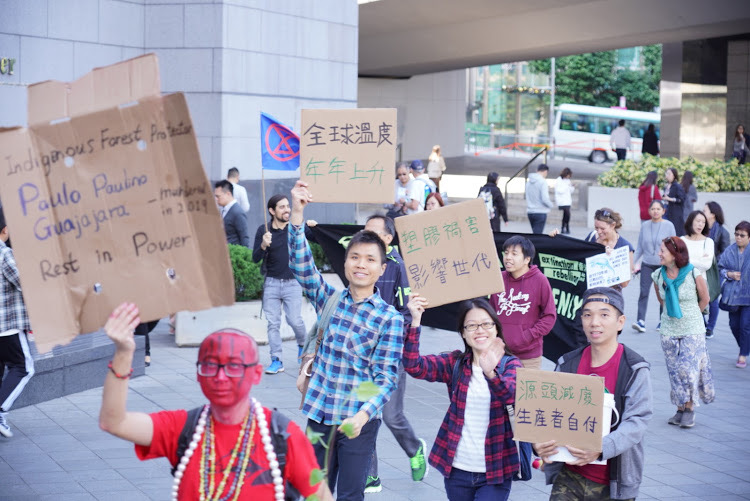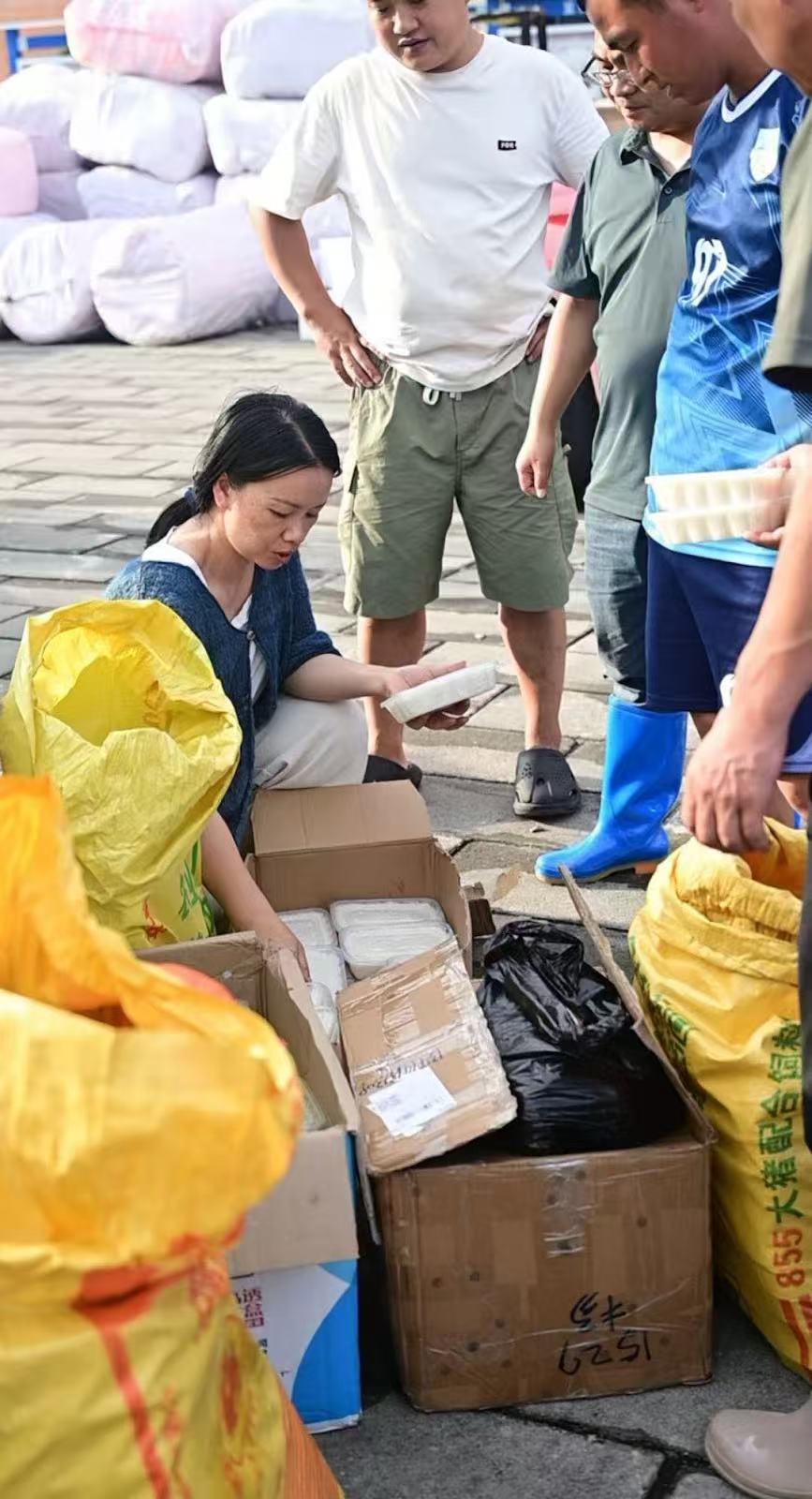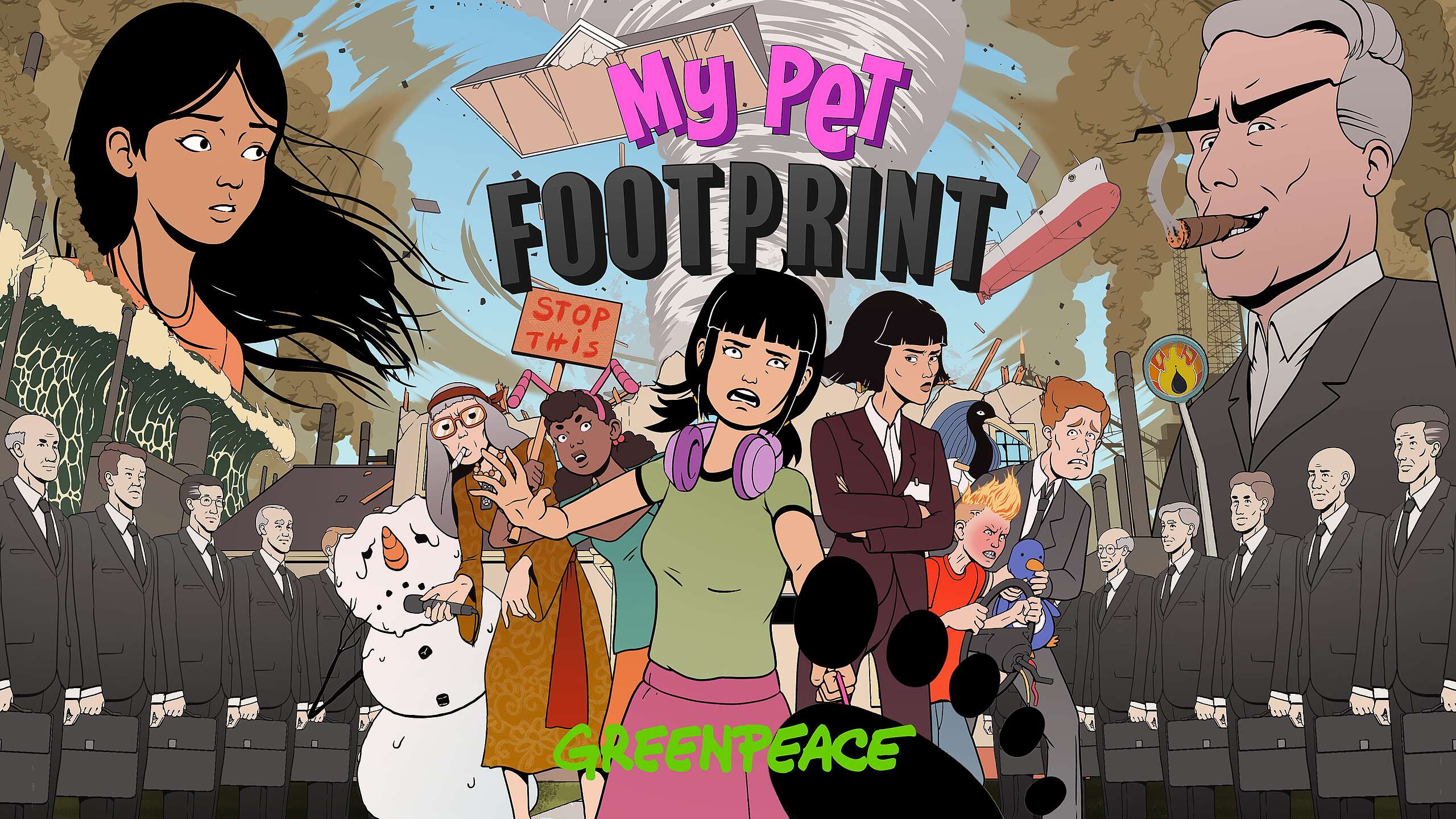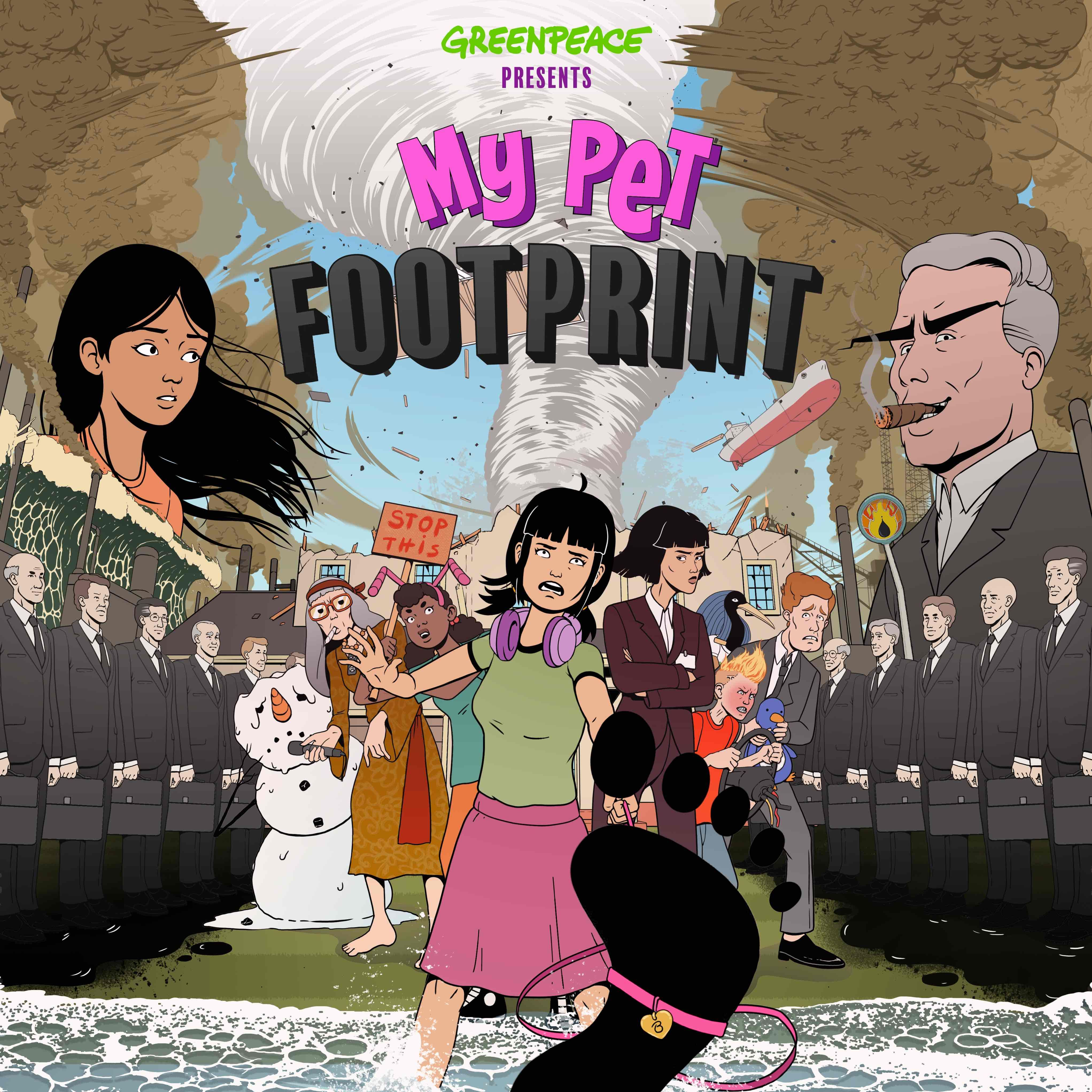The 25th United Nation Climate Change Conference (COP25) was held from 2-13 December 2019 in Madrid, Spain. With so many and increasing conferences about climate change every year, what impacts would and could this biggest meeting in global scale make to ease climate emergency and how do we in Hong Kong connect to it? You may want to read on to find out more why COP25 matters to you and me.

1. What is COP25? How is it different from IPCC?
COP (Conference of the Parties) is the longest and largest UNFCCC (United Nations Framework Convention on Climate Change) climate summit in history to evaluate the progress in fighting climate change. Held annually since 1995, COP marked its 25th anniversary this year, therefore shortened as COP25.
IPCC (Intergovernmental Panel on Climate Change), established in 1988, consists of world’s top scientists at the invitation of the United Nations. Through the consultation, analysis and deduction of scientific and technical literature, the panel sets to provide objective information and study the impact of climate risks on aspects including nature, politics and economy, as well as to find solutions in response to such problems.
COP focuses on formulating climate-related policies and agreements, and is attended by UNFCCC member nations. Meanwhile, IPCC is meant to gather thousands of scientists and experts to join research and publish reports, offering professional advice on climate to governments of the 120 nations.
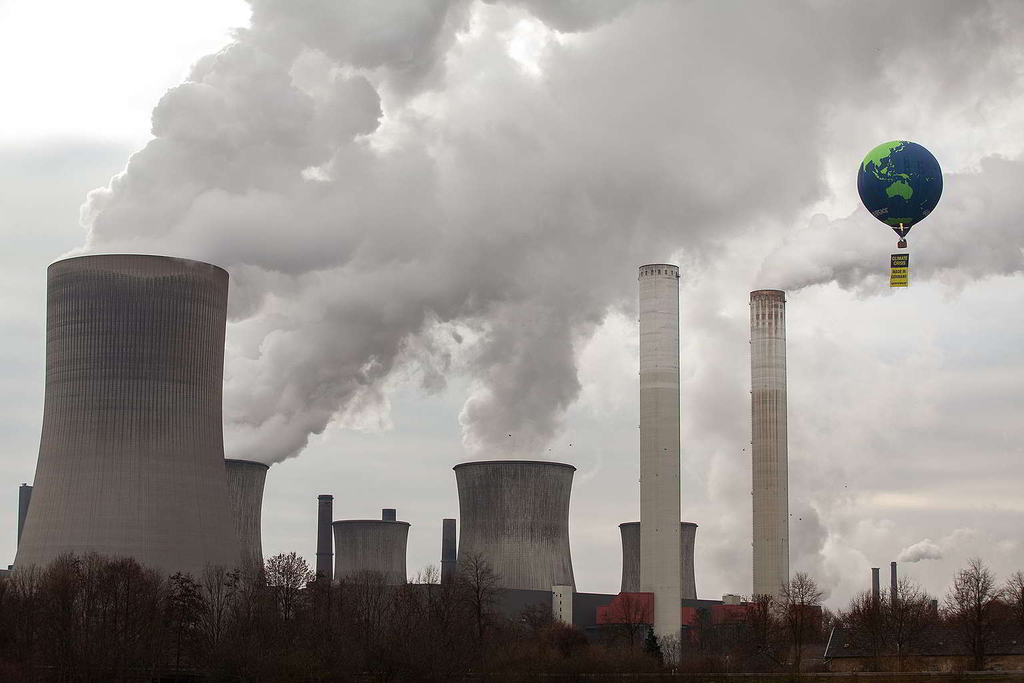
2. How is Paris Agreement related to COP25?
The Paris Agreement passed in 2015 was one of the most searched keywords related to climate in recent years. It was also a consensus finally reached after 20 years of hard work by the COP. A key action item was that every nation must review their Nationally Determined Contributions (NDCs) every 5 years. While the first checkpoint is fast approaching, it’s still too early to conclude whether the nations are finally willing to address climate risks, but hopefully we would be able to get more clarity after the COP25 conference.
In its latest report published in 2018, IPCC recommended limiting global warming to 1.5°C. This will help free 11 million people from heat waves, 61 million people from droughts and 10 million people from impacts of sea level rise, in addition to saving numerous species of animals and plants which are going extinct. Nations must now re-enact laws and revisit their previous Intended Nationally Determined Contributions (INDCs), and set a more ambitious carbon reduction target.
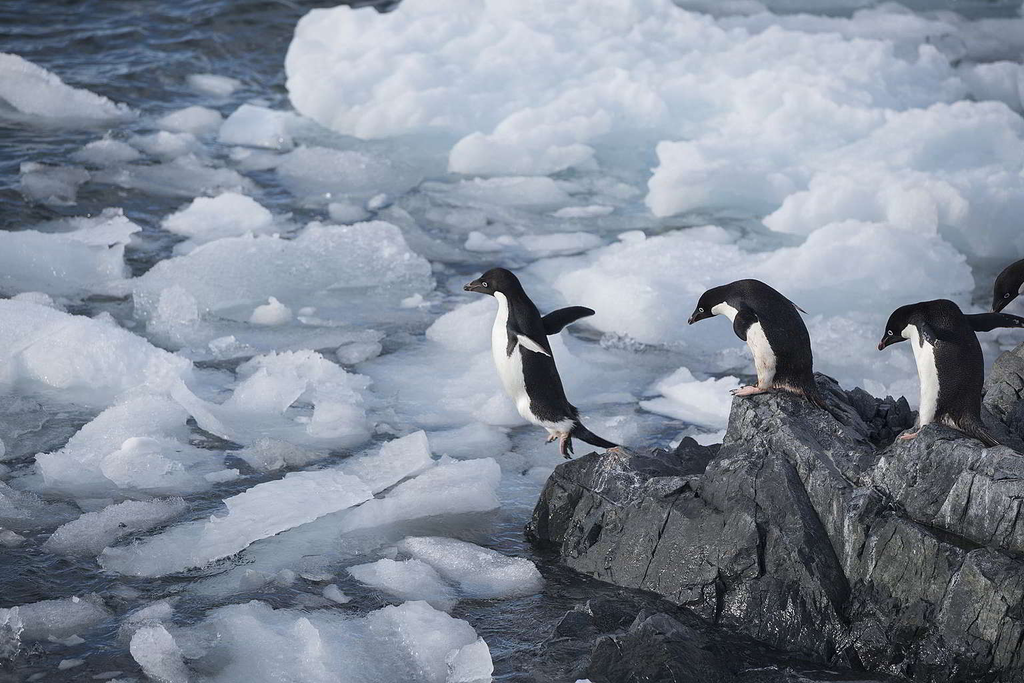
3. What were the key messages of COP25?
This conference looked into the targets set during the 2015 Paris Agreement to discuss the implementation details of all the nations, but there has unfortunately been quite a few twists: US President Donald Trump announced the nation’s withdrawal from Paris Agreement last month, which dealt a severe blow to the effort; Chile President Sebastián Piñera pulled out of hosting the conference last October due to local instability, but luckily Spain was willing to fill the void so that COP25 could still be held as scheduled.
The original host Chile decided to focus attention on the world’s most powerful carbon sponge and generator of oxygen – the oceans, and therefore this conference has also been called “Blue COP”.
We urge all country leaders to get down to business and focus on reducing the use of fossil fuel and CO2 emission through measures such as actual regulations on corporates and energy transition, instead of using the oceans as just a political bargaining tool.
Ocean Fertilisation: By dumping iron filings into the oceans, it stimulates the growth of algae and phytoplankton, which will then absorb more atmospheric CO2. But there are risks behind – it may lead to oxygen depletion in the oceans, or even the release of some kinds of greenhouse gases which are more dangerous than CO2!
Blue Carbon Credits: Corporates can purchase blue carbon credits to support the climate-threat-prone coastal areas in fighting natural disasters, as well as to facilitate the remediation work along the coasts, as a way to offset their carbon footprint.
Marine lives are good at sequestering carbon, so it’s fair for us to adopt a “blue carbon” approach to combat climate change. To tackle the problem, we see the importance of protecting the natural ability of the marine lives to sequester carbon, while artificial technologies like “Ocean Fertilisation” only scratch the surface. Fundamentally, governments and corporates must shift away from using fossil fuels to lower the emission of greenhouse gases, alleviating climate change at its root.

4. What was the importance of this year’s COP25?
As 2020 is the time to review the NDCs set in 2015, this year’s conference stressed on checking the progress of the nations in hitting their targets, to make sure they are not merely paying lip service.
The worsening climate risks and more frequent extreme weather have impacted us in many different ways, and political leaders must take action to address these before it’s too late. We hope that all nations can set their NDC targets by first quarter of next year. But sadly this year’s outcome is disappointing that most politicians made no concrete commitment to lower emissions or to recognise the climate emergency we are facing now.
5. What is “Carbon Market”?
Paris Agreement has asked the nations to set actual carbon reduction targets, but some nations are using their economy and technology development as an excuse to delay their implementation of relevant policies. This has given rise to the carbon market – in which nations with high carbon emissions can buy carbon emission allotments from those with lower emissions, so that they appear to be meeting their targets on the surface, but in fact not really helping the climate protection at all.
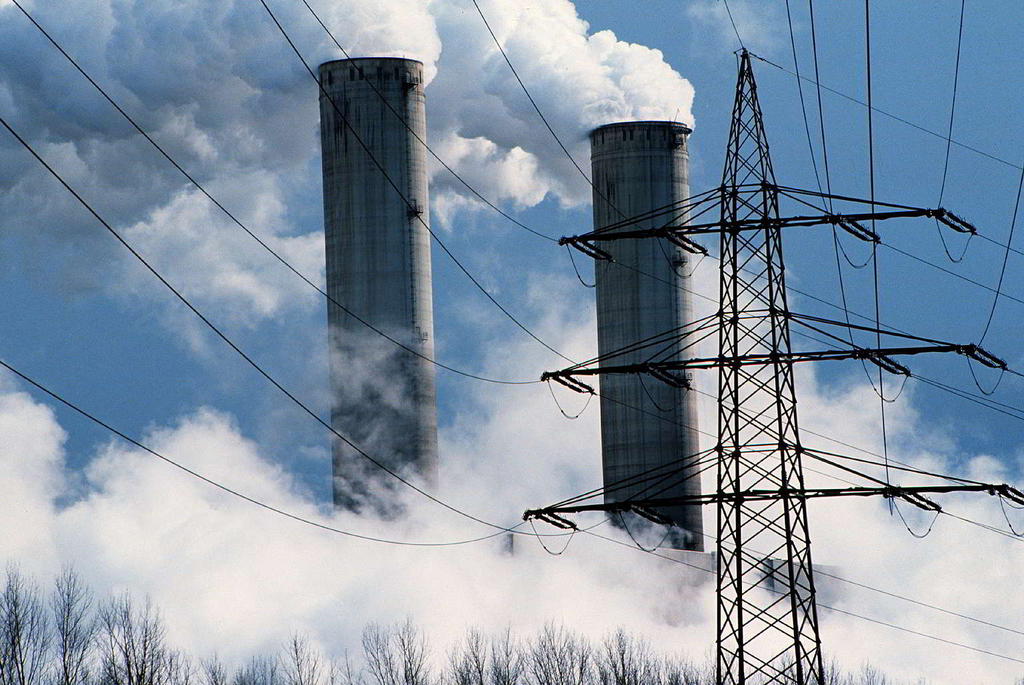
6. What is the role of Greenpeace? What plans do you have?
Greenpeace has been an advocate when it comes to climate protection and justice. Every year, we send experts and professionals to attend UN climate summits and strive to provide practical solutions and strategy through international relations and lobbying.
We also set to help country leaders formulate more proactive climate policies through direct actions that reflect public concerns, especially the fossil fuel phase-out.
Despite the unacceptable result of COP25, Greenpeace will continue to stand with and support vulnerable communities affected by climate impacts, pressure on governments and corporates to rethink how they work and put forward an emission target that matches with the climate emergency we are facing now.
7. What can we do in Hong Kong?
Although Hong Kong isn’t a member of the UNFCCC, the threats brought about by climate change including extreme weather and sea level rise will undoubtedly have an impact on various aspects such as economy, livelihood and safety, which concern all of us. Apart from staying tuned for the news globally, you can also show your support towards Greenpeace in continuing our advocacy for climate protection. We cordially invite you to join us in urging the SAR government to formulate concrete plans to address climate risks, set more ambitious emission reduction targets and implement low-carbon and energy transition policies.
While big improvements to the environment will not happen overnight, any decision now may result in a far-reaching impact on the futures of billions of people. It takes the concerted and dedicated effort from each of us to save the planet, protect precious ecosystems and stand with the people.
Further Readings:

